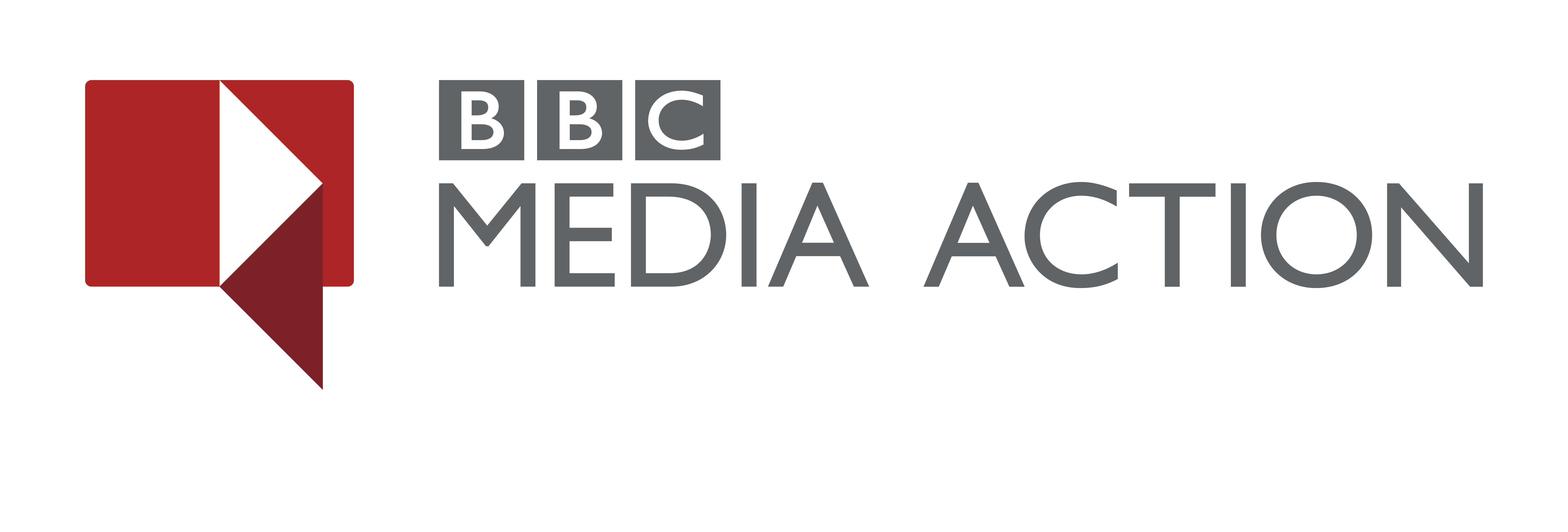Nepal Earthquake
INTERVENTION
Nine hours after the first earthquake, the BBC World Service – with support from BBC Media Action – began broadcasting content through the BBC Nepali service. This provided people affected by the earthquake with practical information on their most pressing concerns, such as shelter, sanitation, food, water and health. After a week, the programme was rebranded as Milijuli Nepali (Together Nepal), with 15-minute episodes broadcast six times a week.
A network of approximately 300 partner radio stations also broadcast the programme in Nepal, although some stations were off air because of earthquake damage.
PROJECT AIMS
Milijuli Nepali aimed to provide people with timely, relevant and practical information to alleviate suffering and assist their recovery. It also aimed to give people the opportunity to voice their concerns, express their needs, share their stories and hold humanitarian aid providers to account.
RESEARCH AND EVALUATION
BBC Media Action conducted research throughout the programme’s run to inform and shape content, and ensure it reflected earthquake-affected communities’ priority needs. It also conducted evaluative research to assess the programme’s effectiveness.
In July 2015, qualitative research (comprising focus group discussions and in-depth interviews) was completed with people who had listened to the programme more than once in the preceding month, as well as practitioners in the media and humanitarian sector, and community leaders. BBC Media Action researchers conducted ongoing fieldwork in collaboration with the project’s humanitarian partner, Care , in three of the most affected districts – Kathmandu Valley, Gorkha and Sindhupalchowk.
KEY FINDINGS
RELEVANCE & APPROPRIATENESS
Access
Platform – Three months after the onset of the emergency, affected people still relied heavily on radio for information because of its efficiency in providing timely information and ease of access (including via mobile phones).
A strong network of community radio stations, with good coverage in the earthquake-affected areas, meant that community radio stations were listeners’ preferred choice for local information even before the earthquake, and continued to be the most accessed and trusted information source during the emergency.
Milijuli Nepali was widely available to listeners through partner radio stations relaying the BBC Nepali Service. Feedback suggests the programme could have maximised its audience with more repeats, trails and an earlier main broadcast slot (after 9pm is too late, particularly for rural listeners).
Research findings suggest that the programme’s format, combining practical information and stories from the field, worked well.
Content – Audience members and key informants agreed that the solution-focused nature of Milijuli Nepali set it apart from other programmes addressing people affected by the emergency.
Listeners identified with the real life experiences presented from different areas of Nepal and liked the local perspectives. However, they also commented that not all information was relevant to all listeners (such as how to reuse location-specific building materials).
Listeners found the programme relevant, easy to understand for all education levels and that the information it provided was largely practical and easy to apply. They cited several examples of how the programme had addressed the specific needs of women, such as maternal care and reducing the risks of being trafficked.
Some noted that marginalised groups and castes could have had greater representation on the programme.
While listeners identified the audience for the programmes as those directly affected by the 2015 earthquakes, they felt that the show also had value for others, helping them to better prepare themselves in the case of future earthquakes.
Engagement
Listeners liked the presenters’ style as well as the programme name, which encapsulated the tone that listeners wanted from this kind of radio programme – “working together, united through the crisis”.
Listeners liked the familiar style of the programme’s reports from the field and its face-to-face interviews with both members of the public and experts. They liked hearing local voices on the programme but also wanted to be able to interact with the programme directly themselves.
Trust
The BBC brand, existing trust in community radio stations and Milijuli Nepali’s focus on real local experiences resulted in strong trust in the programme.
EFFECTIVENESS
Knowledge and practice
Listeners recalled a wide variety of information from episodes of Milijuli Nepali, particularly on safety, health and rebuilding. Some were able to give direct examples of how they had used this information or shared it with others, suggesting they had been able to apply the advice provided.
Motivation and confidence
Motivation and action
One of the greatest information needs identified by people affected by the Nepal earthquake emergency was psychosocial support, with an emphasis on recovery and getting back to normal.
Feedback suggests that multiple elements of Milijuli Nepali contributed to a sense among listeners that they could do something to improve their situation. This included the programme name, its practical and easy-to-use information, its focus on solutions as well as issues, and including inspiring stories from real people who had overcome problems.
PREVIOUS

